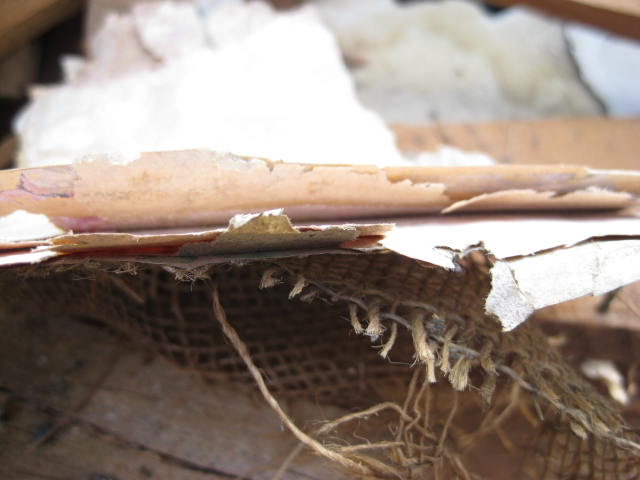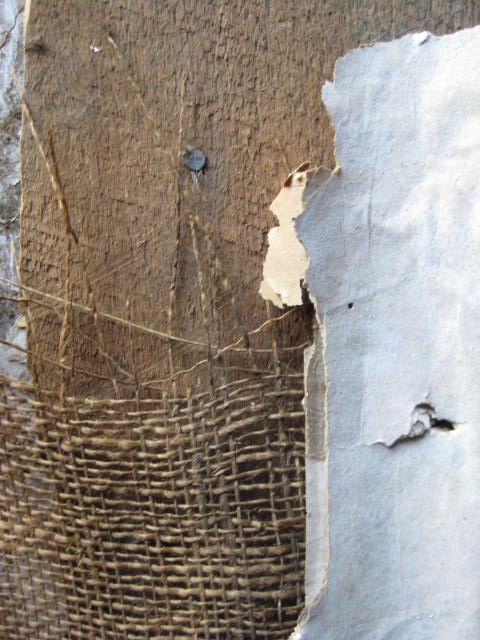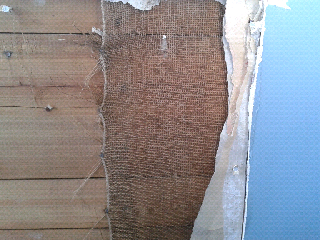
What to look out for when buying a house – Part 2 – Scrim.
Do you know what issues might be lurking in the walls of the property you’re looking to purchase? Our building inspectors were once builders and have many years of experience identifying what issues may lie behind closed doors. Today we are going to take a look at scrim.
Our building inspectors are always professional, thorough and timely. You can expect no less when dealing with Betta Inspect It.
Matt Mason – CEO
Defect 2 – Wall linings (Scrim)
Throughout the years there have been three main building materials used for wall lining. These are scrim and sarking, low density fibreboard and plasterboard (GIB).
Scrim was used throughout the 19th and 20th century, before the development of plasterboard. It was in the 1920’s that plasterboard became more popular to builders as a building material.
You might be asking, so what’s the problem with scrim? Why don’t I want to buy a house that has it? Or why do I need to be aware the house contains scrim?
Many insurance companies can, and will, refuse to insure a property where scrim or sarking is present. The reason for this is because it has been identified as a potential fire risk due to the nature of how it is manufactured. We recommend speaking with your insurer if scrim or sarking is identified in a property you’re looking to purchase.
How to identify scrim & sarking
Often just called scrim, this type of wall lining is a hessian or jute sacking material which was usually tacked or stapled to rough sawn, thin wooden planks (sarking).
- The knock test – if you knock on scrim it feels like knocking on wood. It has a very hard surface and the knock makes a hollow sound.
- The floating wallpaper test – to finish/decorate scrim or sarking, it was often covered with wallpaper and sometimes it was painted. As the wall lining ages, the hessian scrim starts to come away from the sarking. This makes the wallpaper look like it is floating.
- Close inspection – if you look closely you can sometimes see rough sawn board (sarking) or hessian (scrim) where the wallpaper is loose or has come away. Another defect could be that the wallpaper may look textured. This is because the woven hessian fabric can imprint into the wallpaper from behind it.
If the house you are interested in was built between the late 1800’s and the 1930’s, there is a possibility it will have been built using scrim and sarking. If was built in this range but has plasterboard, we recommend asking if the scrim was removed prior to relining. It was common for plasterboard to be install over the top of scrim, proposing a great threat to the fire safety of your new home.
Due to so many cover ups, and builders learning not to use certain materials, we cannot stress the importance of building inspections. A building inspection with a professional building inspector will help you be at ease, knowing you are putting an offer on a sound property.


